Katia Delavequia
There are three seasons of the year in Brazil, they say: before the Carnival, during the Carnival and after the Carnival. The first season is full of anticipation and eagerness to welcome the festivities. Then comes the Carnival itself, the season of revelry, merriment and beauty. And after the Carnival, it’s the season of melancholy and longing.
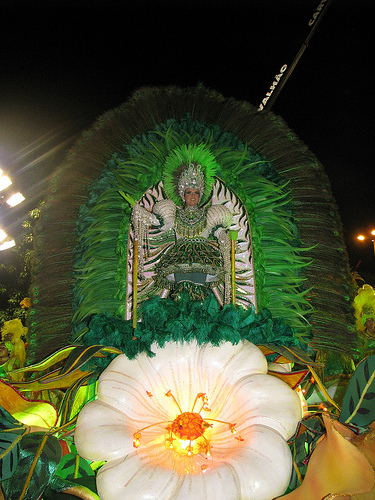
Photo: sfmission.com
Brazilians recognize the Carnival as the most important moment of the year. Brazil is, without doubt, the worldwide center for the most spectacular Carnival festivities in the world, while Rio de Janeiro is home to its most memorable carnival party.
There are different opinions on the origin of the Carnival. Some scholars trace its roots to times tens of thousands of years before the common era. In Roman times, carrum novalis (naval car) was one of the allegorical cars in the shape of a boat, used in the seasonal celebrations between the Saturlalia and the Lupercalia. The most accepted etymology, however, relates the tradition of the carnival to the expression carnem levare, the Latin term of “farewell to meat”, the moment in time marking the beginning of Lent, when these celebrations have historically occurred.

Photo: sfmission.com
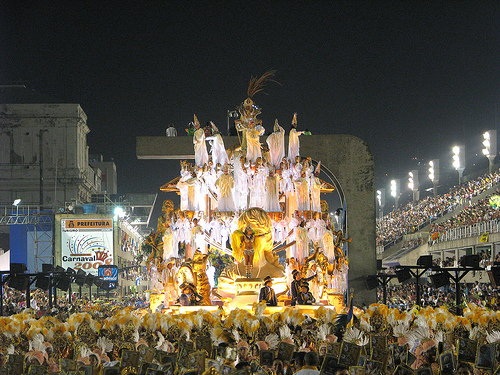
Photo: sfmission.com
In fact, their roots may come from several ancient traditions. The ceremonies in honor of Osiris, the god of vegetation and fertility in Ancient Egypt, remind of some practices typical of the carnival. The Dionysia festival in Ancient Greece, held in honor of Dionysus, the god of wine and vegetation, similarly featured masquerade processions and out-of-bounds merriment.
And during the Saturnalia of Ancient Rome, when the ordinary direction of life was inverted and class boundaries were erased, a pseudo-king was elected just as in its medieval version. The common thread between all carnival traditions, however, is the idea of reversal of everyday social order, the exuberance of the unrestrained forces of fertility and anticipation of spring prior to Ash Wednesday, 4o days before Easter.
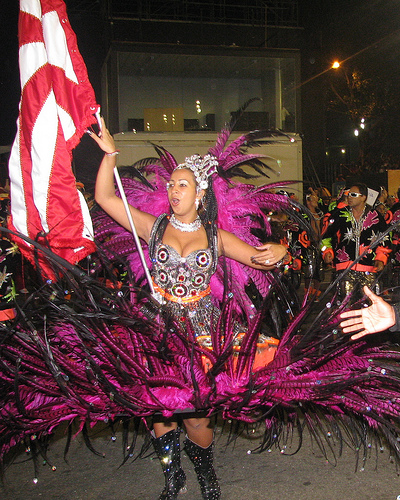
Photo: sfmission.com
The Brazilian Carnival
The idea and the tradition were brought to Brazil by Portuguese colonists. Traditionally, the festivities consisted mainly of street battles with raw eggs or eggshells filled with flour, or balloons full of water. Those who lived in the homes lining those streets poured basketfuls of beans and corn down on the fighters. Gradually, those celebrations evolved into the unique happening that it is today as it assimilated local elements, mainly from the black culture of Rio de Janeiro and Bahia, along with the European practices of masquerades, parades, dances and drums.

Photo: sfmission.com
Each Brazilian city has its own celebration, consisting of parades, parties in halls and clubs, and cultural presentations in the streets. But among the varied expressions of carnival in Brazil, the 4-day parade in Rio de Janeiro is without a doubt the most important—it is regarded as the greatest spectacle on Earth.
The parade is a competition, in which different samba schools, such as Mangueira, Beija-Flor, Portela, Grande Rio, and Imperatriz Leopoldinense, compete for the right to be named champions. They take the whole year to prepare their shows, during which scripts are created, music is composed, lyrics are written, costumes are designed. Each school composes a samba enredo, a musical story told by the dancers as the parade progresses down the street, combining an amazing spectacle of samba with colorful costumes weighing up to several dozen pounds, under a shower of confetti.

Photo: sfmission.com
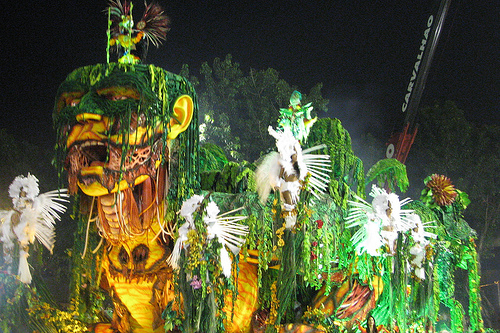
Photo: sfmission.com
A panel of important samba experts watches the parade to select the best school to be awarded what is one of the most prestigious titles of the country. Each school has its supporters and its own colors, and is associated with a particular soccer team, thus connecting the carnival with another important Brazilian tradition.
The schools are huge and quite organized, numbering three to four thousand participants. Spectators can buy tickets to attend the parade live, but the carnival is also televised. All in all, 5000 contestants participate in the celebrations, taking place along the Sambadrom, the dance lane built especially for the carnival, with seats for 700 000 spectators.
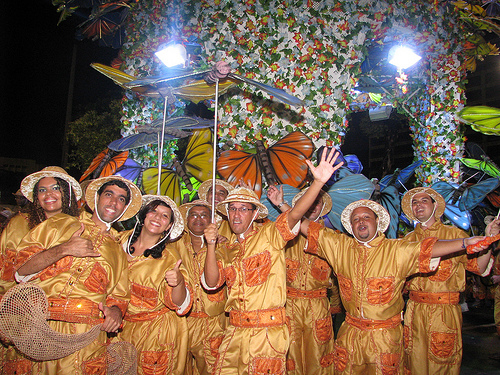
Photo: sfmission.com
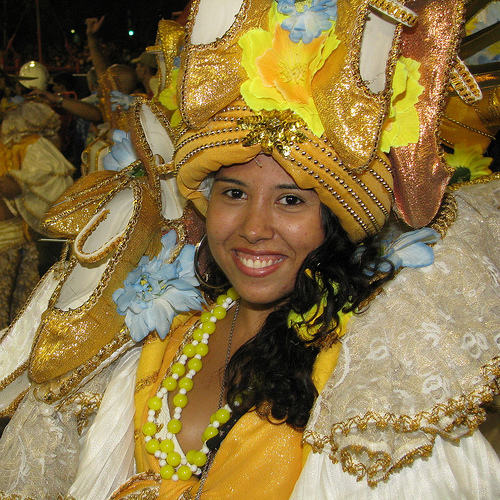
Photo: sfmission.com
Samba is the “official” rhythm of the carnival. I say that because in Bahia and others places in the Brazilian northeast, the rhythm is Axé, so the celebration is different. No samba schools participate there, but rather carnival troupes and trio elétrico (music floats), and there is no competition.
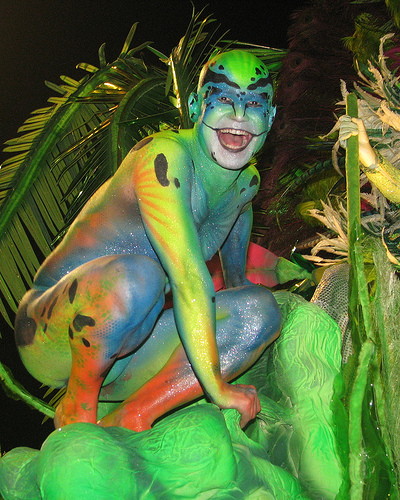
Photo: sfmission.com

Photo: sfmission.com
On the trios, axé groups and singers give concerts. Names such as Ivete Sangalo, Daniela Mercury, Chiclete com Banana, Asa de Águia are the most famous. People from all over Brazil and the world buy a special kind of shirt called abadá and follow the trios down the streets dancing and singing.
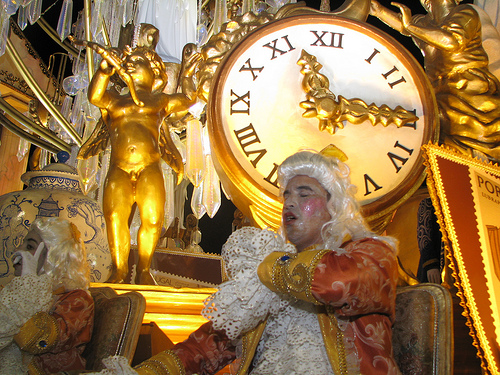
Photo: sfmission.com
Personally, I don’t like the carnival, but I can’t deny how beautiful and important it is. Samba itself is an exciting rhythm. It expresses the happiness of my people’s spirit. It’s hard to stand still when it is playing during this celebration of joy and creativity. After all, it’s the biggest parade in the world – passionate, colorful, wild, riveting, and contagious.
And then those who don’t participate in the carnival enjoy four days of holiday at the beach, travel or rest at home.
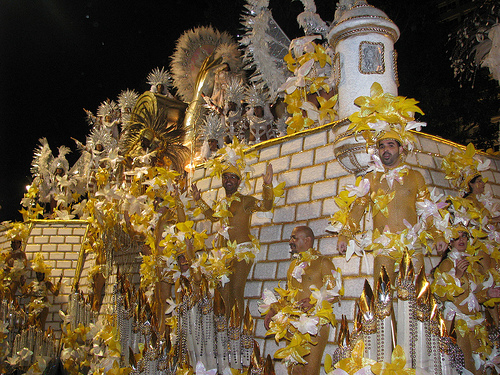
Photo: sfmission
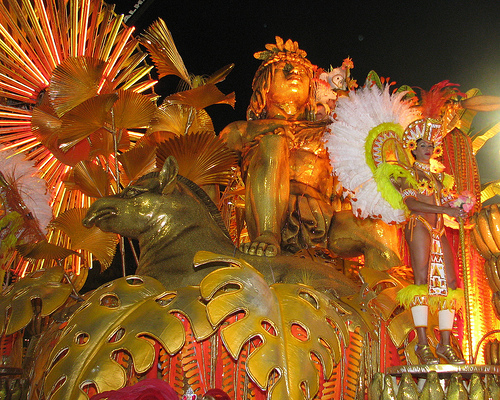
Photo: sfmission.com
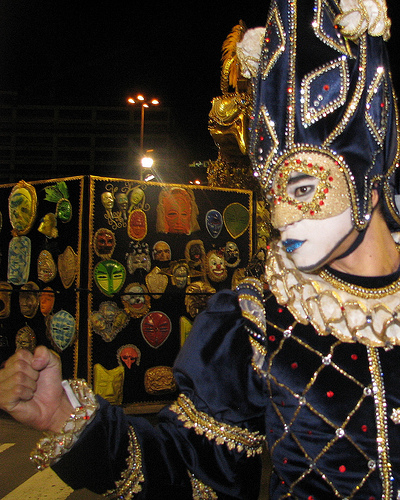
Photo: sfmission.com











3 comments so far ↓
Nobody has commented yet. Be the first!
Comment